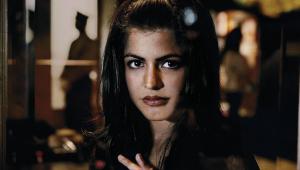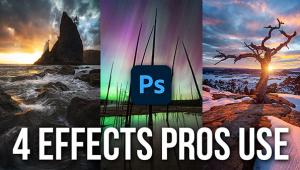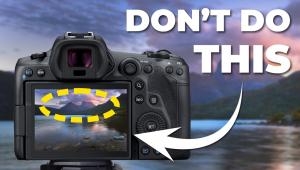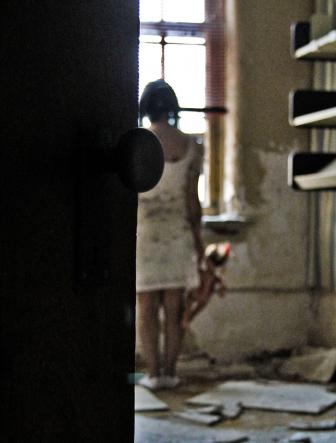Pro's Choice; Unconventional Stylings; Marshall Harrington’s Unique Imagery Page 2
Beyond the lights themselves are the light shapers. “I mostly use Chimera these days when I need a softbox. I also use octagonal-shaped softboxes—for people. I like the way they wrap around the subject.” He finds that regular softboxes produce a more defined, more directional light. And he’ll use umbrellas when he needs a less defined, more natural light, as he puts it. Also factored into his choice of light shaper is how forgiving the lighting needs to be.
“If you’re shooting a scene where you want the people to have freedom of movement, you need a lighting setup that’s more forgiving,” and here he’d likely turn toward umbrellas. “I also use Molas.” Mola is a specially designed beauty dish (www.mola-light.com). Harrington will use these, not up close to the subject, as is the norm, but backed away, in place of an octagonal softbox. “I like the raw quality of the light and the way the light falls off.” And he finds them more practical when traveling by air.
 |
|
|
Since much of his shooting is done on location, when he does need a camera support, he’ll turn to a carbon-fiber Gitzo, with various Manfrotto ball heads, although he has expressed a preference for a monopod with long telephotos and low lighting. And to get to each location, he uses Tamrac camera bags, along with Lightware and Tenba for selected gear.
For A Different Viewpoint
Not all of Harrington’s images are deconstructions. But even what we’d consider conventional imagery is, for him, unconventional. We’ll often see him cross-process transparency film, as in a portrait of pop singer Eve Selis for Taylor Guitars. And practically every commercial job found him shooting Polaroid Type 55 (when it was available). In one case, again on assignment for Taylor Guitars, he was so enamored of the simple yet elegant design of the back of one of their finely crafted instruments that he kept the Polaroid and scanned it as a fine art print.
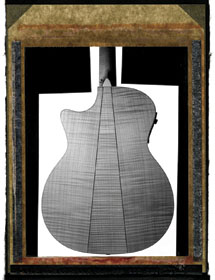 |
|
|
It’s all part of Harrington’s quest for ultimate photographic expression, and that quest continues. I can’t wait to see what images will issue from his masterful eye and fertile imagination in the future.
- Log in or register to post comments













